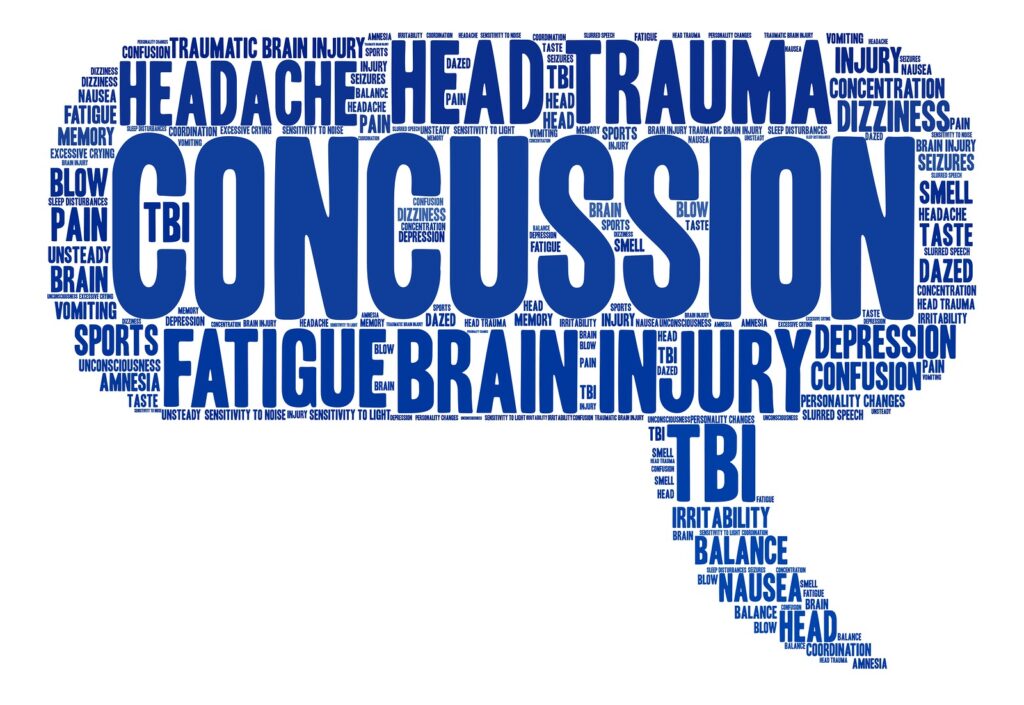
Concussion Assessment: Neurocognitive Testing
Concussions may present as a wide range of symptoms. Among these include a change in walking and balance. Specifically, a slower gait and greater side-to-side sway are evident in those experiencing concussion symptoms. Cognitive ability is affected as well, with slower response times to mentally demanding tasks.
Physical therapist often assess athletes experiencing concussions. Standardized testing usually includes postural and cognitive capacity independently. Meaning, one test for posture/balance, and another test for cognition. The issue with this approach is that life requires both high cognitive power coupled with a responsive postural system. Testing these two systems with a single assessment may provide distinct advantages over independently sourced ones. Currently, no standardized protocol exists. This current article will describe the advantages and disadvantages of dual-task testing.

In this research study, 24 articles were reviewed. Articles were included in the review if they met the following criteria: age 16-64, testing done within 72 hours of concussion, with retesting several days and months post-injury. Dual-task testing includes cognitive and physical domains. The cognitive tests reviewed include spelling a 5 letter word backward, subtracting 7’s starting at 100, reciting the months of the year backward, the Stroop test, the visual Stroop test, Brooks spatial memory task and reaction time. These cognitive tests were performed at the same time as a physically demanding tasks- usually walking. The studies looked at cadence, step length and side-side sway.
The authors found that with dual-tasks testing, lateral sway was present post-injury and up to 1 month, before returning back to normal at 6 months. However, the average “sway” was less than 1 cm, making it very difficult for a clinician to pick up by eye sight alone. Adults typically slowed their gait, whereas teenagers did not.
Cognitive testing demonstrated more errors and slower responses, lasting up to a year post-concussion. This was evident in both teens and adults.
Future research should focus on standardized testing protocols to improve assessment methods and outcomes. Additionally, a “baseline” (pre-concussion) is required in order to make sense of concussion testing at time of injury.
Conclusion: concussion testing can be challenging and the results of a single examination alone may not always help a clinician determine return to sport. Both clinicians and athletes need to be vigilant with testing protocols and tradeoffs with individual tests. Dual-task assessment for concussion appears to be a means for functional testing.